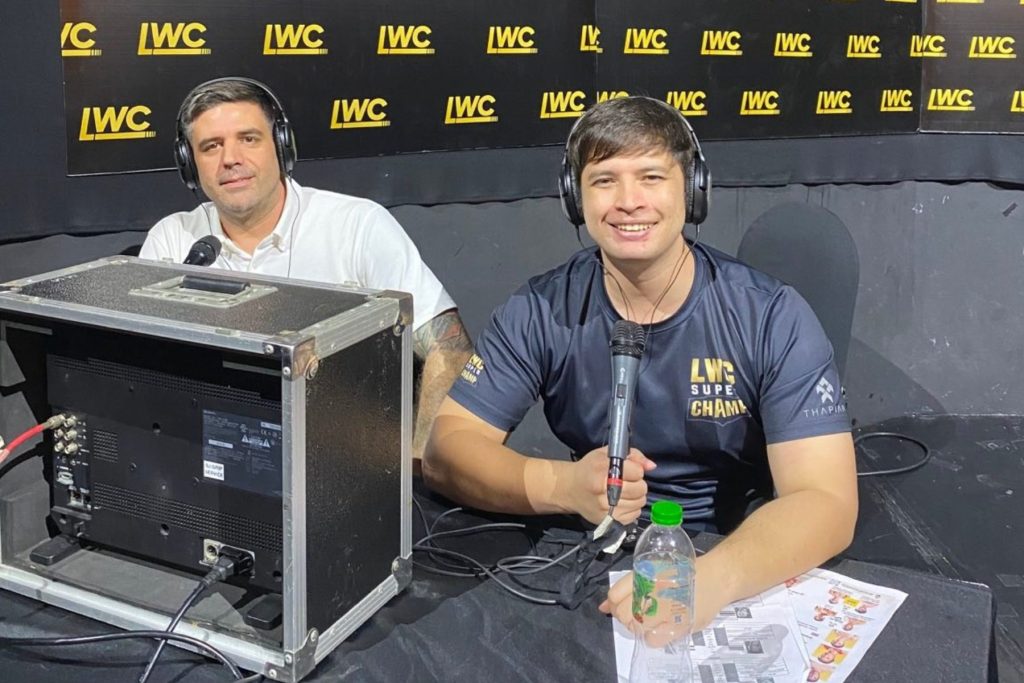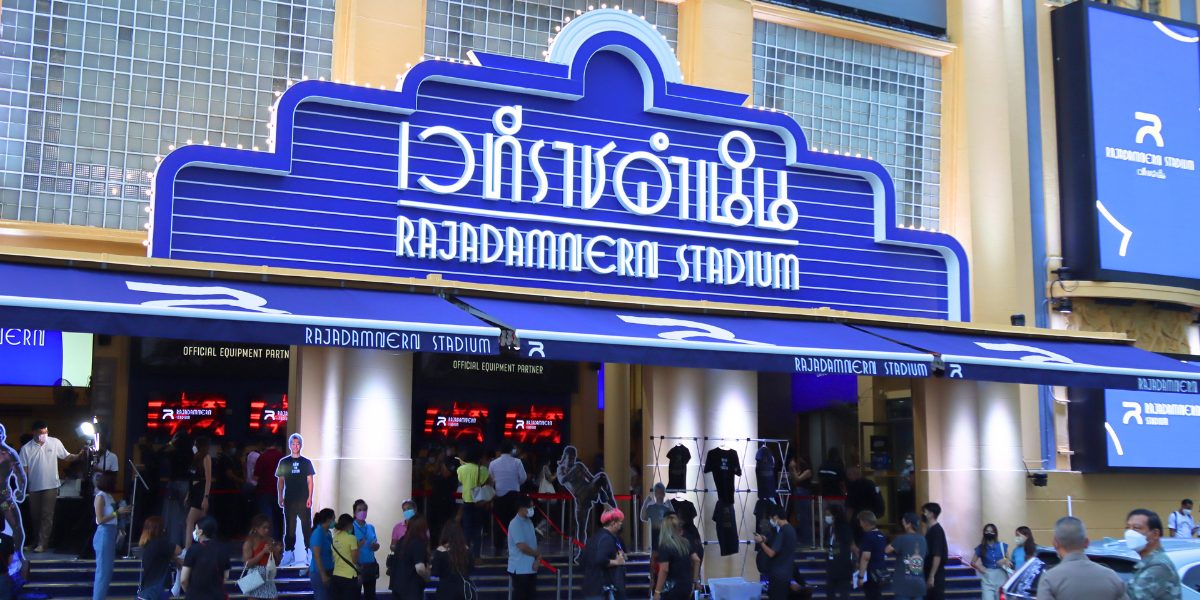On paper, MuayThaiStadiums.com is a relatively young website. After all, I only created it in 2023. But my love for visiting Muay Thai stadiums began in 2007 during my first trip to Thailand. I came to the country for 17 days to practice Muay Thai at Kaewsamrit Gym in the Talingchan district of Bangkok. One Saturday afternoon, a resident English Muay Thai fighter from the gym, Phil McAlpine, had a fight at Siam Omnoi Boxing Stadium, so I went along to watch. From that moment forward I was captivated by the Muay Thai stadium experience.
On subsequent trips to Thailand I visited Channel 7 Boxing Stadium, the old Lumpinee Boxing Stadium, Rajadamnern Muay Thai Stadium, and many others around the country. When I moved to Thailand in 2014, my love for visiting Bangkok Muay Thai stadiums only grew. Eventually, I was fortunate enough to provide English language commentary at many of these iconic venues.
MuayThaiStadiums.com’s Mission
My mission with MuayThaiStadiums.com is to build the web’s most trusted resource for Muay Thai stadiums in Bangkok.
About John Wolcott
I got my start in Muay Thai in 2005 after a back injury led me to the sport. In 2007 I took my first trip to Thailand to train at Kaewsamrit Gym. From that moment forward, Muay Thai consumed my life. I decided to move to Thailand permanently in 2014 to be closer to the sport and culture.

Over the years, I’ve worked as an English language Muay Thai commentator at Lumpinee Boxing Stadium, Rajadamnern Muay Thai Stadium, MAX Muay Thai Stadium, World Siam Stadium, and more. In 2012 I produced, filmed, and edited the Muay Thai Journal video series, featuring fighters such as Sam-A Gaiyanghadao, Pornsanae Sitmonchai, and many more. Among a few other non-Muay Thai related things, I currently work as an editorial consultant for ONE Championship.
MuayThaiStadiums.com Editorial Process
If you’re visiting the Thai capital, I know that mostly likely you’ll only have one chance to experience a Muay Thai stadium in Bangkok. That means you have to get it right the first time if you want to walk away feeling like you’ve immersed yourself in the culture, if only for one night. I understand that you are a real person who needs the best advice possible because both your time and money are on the line.
As I sit down to write each of the guides on MuayThaiStadiums.com, that is the driving force behind every word I put on the page. I want to make sure that once you’ve finished reading one of my guides, your questions – know matter how simple or complex – have been answered. To accomplish that, I write every stadium guide based on my 16 year’s worth of experience visiting Muay Thai stadiums in Bangkok and beyond. Additionally, I only write about the Bangkok Muay Thai stadiums that I have been to and have a deep understanding of.
If I haven’t answered one of your questions, you can always leave a comment on the guide or the Ask A Question page, and I’ll respond within 24 hours.

